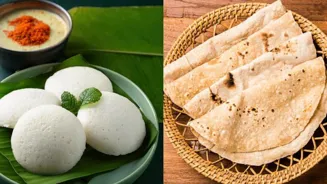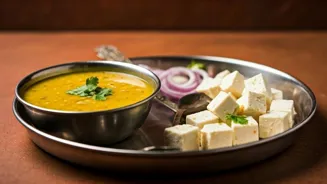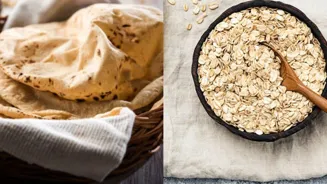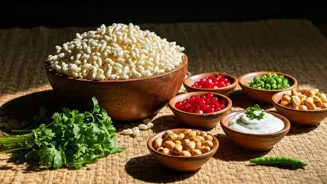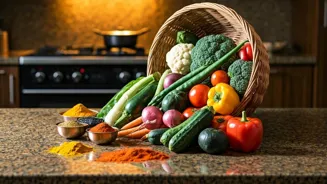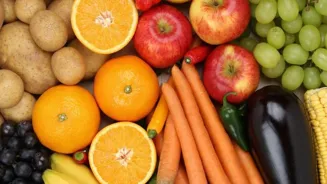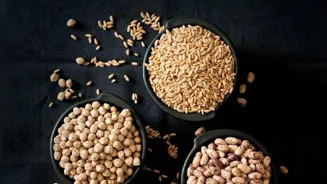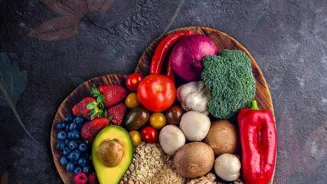Packing the right school lunch is always a challenge for parents. It has to be healthy, filling, and easy to eat between classes. Two common choices in Indian households are idlis and chapatis. Both are staples,
but which one makes the better school tiffin? Let’s compare.
Nutrition and Energy
Idli is made from a fermented batter of rice and urad dal. It is light, fluffy, and easy to digest. Fermentation increases nutrient absorption, providing gut-friendly probiotics. A standard serving of idli is low in calories and fat, making it a suitable choice for children who need a gentle yet energising meal.
Chapati, on the other hand, is made from whole wheat flour and is rich in complex carbohydrates and fibre. It provides slow-releasing energy, keeping children full longer and preventing mid-morning hunger pangs. Chapatis are also a good source of iron and B vitamins.
Ease of Eating
For school lunches, practicality matters. Idlis are bite-sized, non-messy, and easy for children to eat quickly without the need for extra accompaniments. Chapati usually requires a curry or sabzi, which may spill or turn soggy in the lunchbox, though dry curries or a roll-style chapati can work well.
Satiety and Digestibility
While chapati is more filling, it may feel heavy for some children, especially if eaten in a rush. Idlis, being steamed and soft, are lighter on the stomach and easy to digest even when eaten cold. For very active kids who need sustained energy, chapati might be more suitable, but for younger ones, idli is often the easier choice.
Both idli and chapati have their place in a healthy school lunch. If you want a light, gut-friendly, quick-to-eat meal, idli is the winner. But if your child needs a filling, energy-packed option to stay full till afternoon, chapati works best.
Quick Tip For Parents
A smart way is to alternate between the two. Pack idlis with chutney or podi for one day and chapati rolls with vegetables the next. This not only balances nutrition but also keeps your child’s tiffin exciting.
